A few days ago, Ariane Lotti and I waded through a rice paddy, each footstep sinking and sticking inches deep into the mud, lost below the murky water that splashed up over our knees. Floating weeds and frog feet tickled our calves as the air buzzed with dragonflies. The mud and water offered a cool contrast to the late summer sun above, which illuminated arcs of golden and green rice plants swaying gently in the breeze.
Today, the field is almost silent, the water drained, and the sky overcast. It is unusual weather for early September in Italy, but as any farmer knows, the weather can never be counted upon. Ariane, the farmer of this rice paddy, knows better than to hope for rain in the midst of a drought. It is too late anyway. Harvest is set for the following week and for now there is nothing to do but wait.
On this misty morning, Ariane and I are accompanied by photographer Marina Denisova, who is for the first time encountering rice alive and thriving, still rooted in the soil. If I had not met Lotti two years ago and come to stay on her farm, I probably would not have seen a rice plant up-close either. Although rice is a staple for people throughout the world, not many have the chance to see it in all its glory, standing tall and free before it is reduced to pieces and confined to a plastic package. And even for those who could identify the plant, few would imagine Italy as a hub of rice production.
Beyond Italy’s well-known infatuation with pasta, there exists the love story of a country committed to rice. In countless Italian homes, nonna pours her heart into patiently stirring a pot of risotto, rather than kneading pasta dough. Elsewhere, rice salads make a regular appearance on Sunday lunch tables, and arancini—deep-fried balls of rice—can be found on every street in Sicily. Rice is even enjoyed as a dolce—a dessert—starring in custardy cakes and gelato.
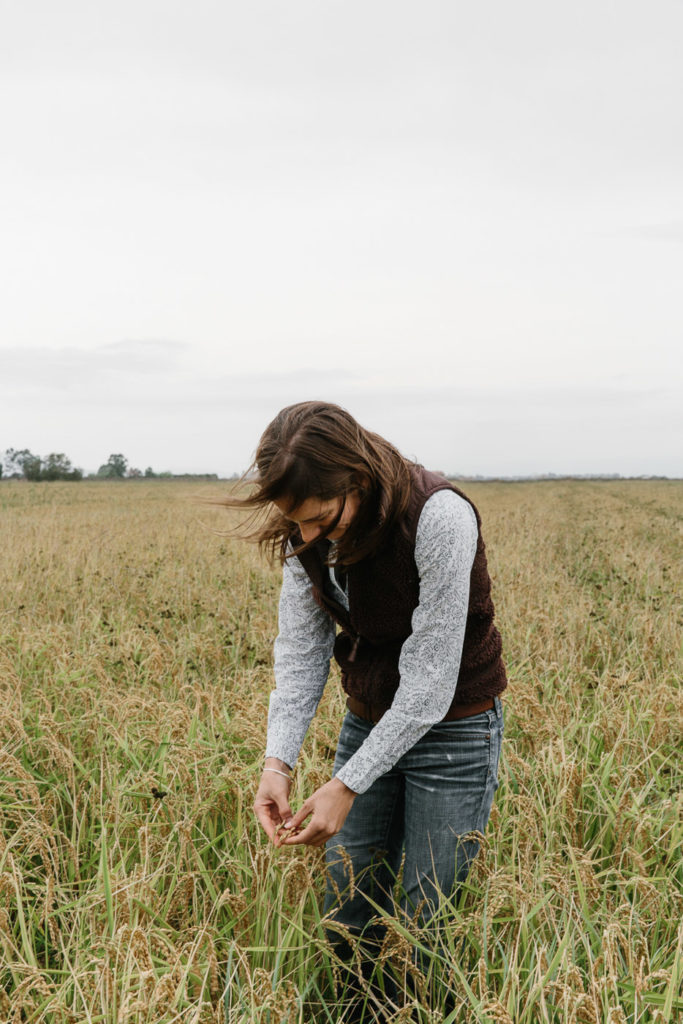
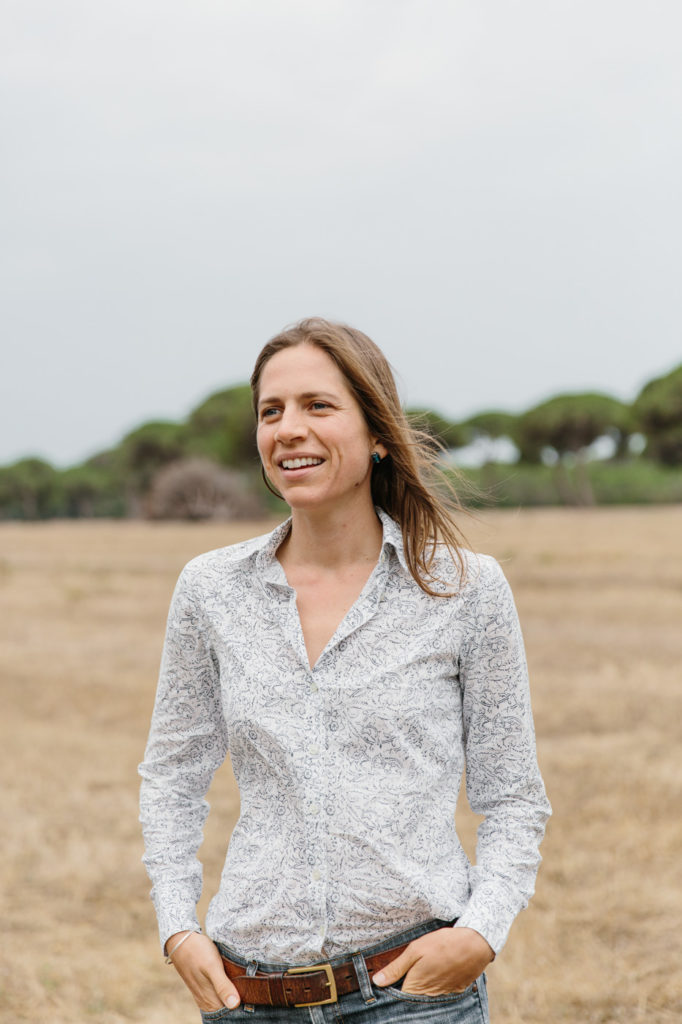
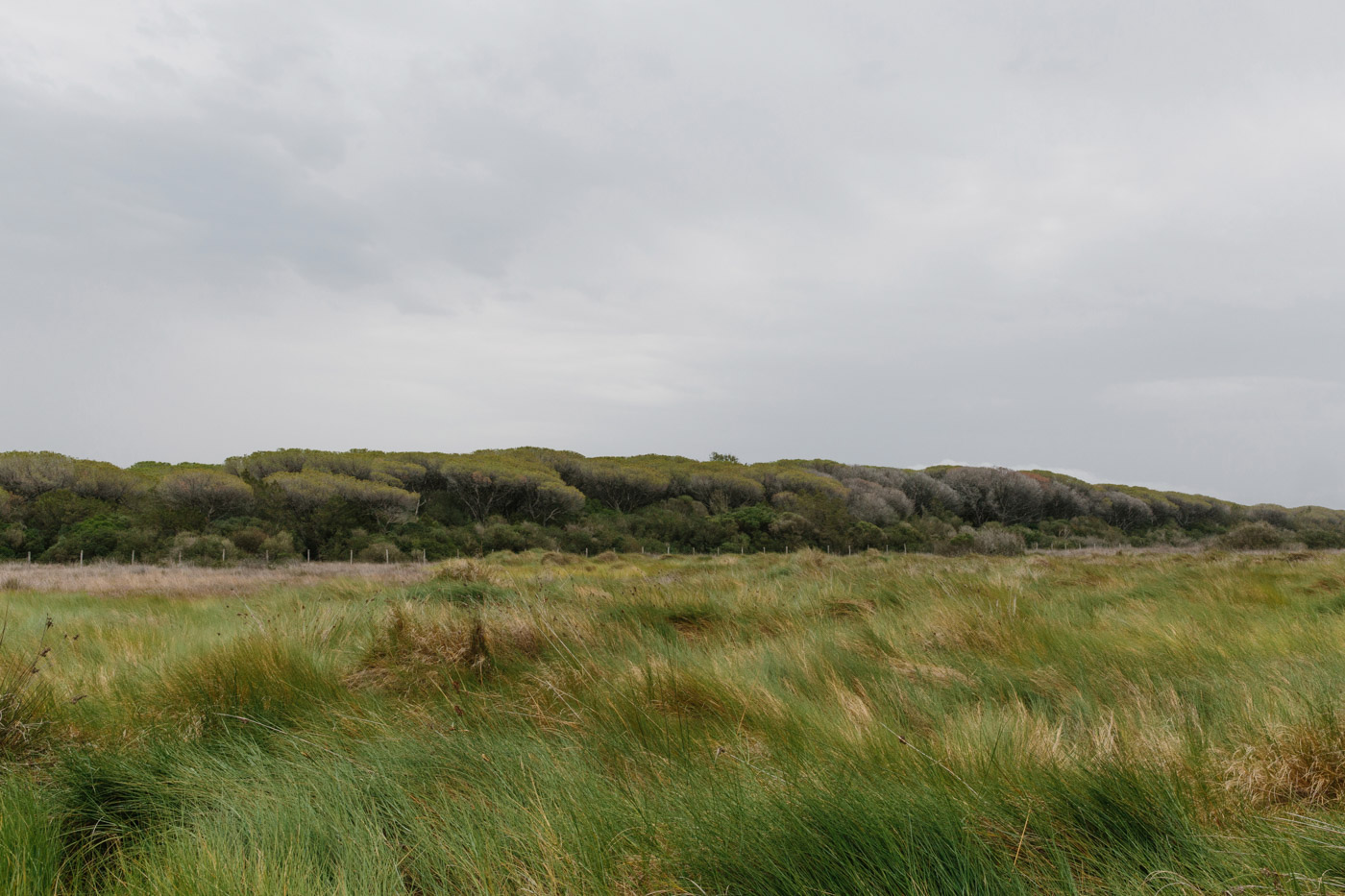
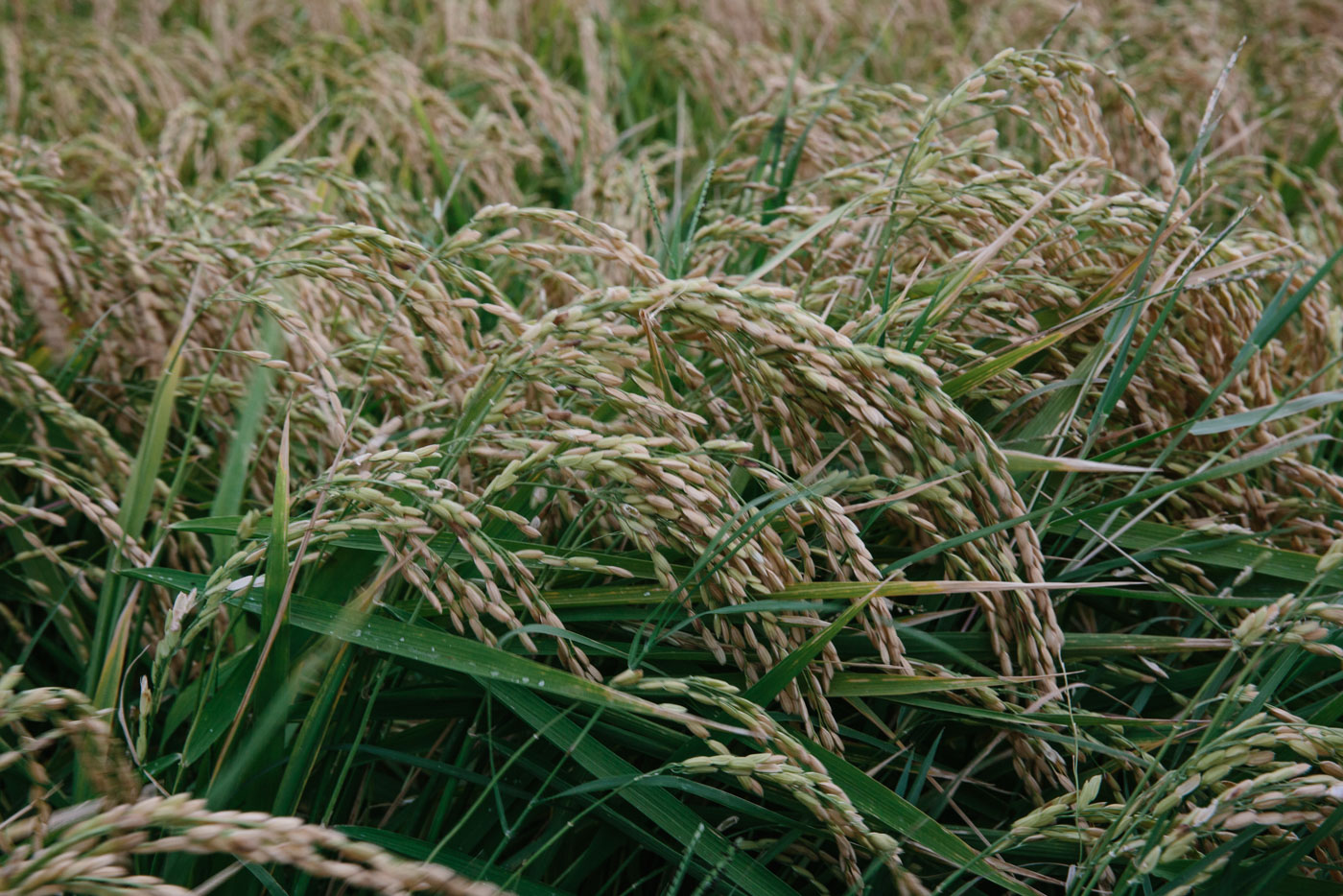
To satiate all these cravings for rice, it is no wonder Italy is its largest producer in Europe. Most is grown in Northern regions, but rice paddies are scattered throughout Tuscany as well. Neighboring farmers’ fields of rice surround Lotti’s farm in the rural Tuscan town of Grosseto, midway between Florence and Rome.
The Lotti family was among the first to grow rice in the region, and has done so for three generations since her grandfather purchased the land (along with its title, Tenuta San Carlo) in 1936. Most of the property is conservation land within the Maremma Regional Park. Unlike the uniform rows of vineyards and cypress-lined roads that form the popular image of the region, Tenuta San Carlo is settled in the midst of a unique diversity of landscapes that represent untamed Tuscany. Maremma, this particular part of southwestern Tuscany, is often thought of as the Wild West of Italy.
Although some cowboys still roam the region and travellers on horseback often traverse the property, bike is the preferred mode of transportation around Tenuta San Carlo for farmers and guests. A tree-lined path weaves from the front gates to a quiet beach on the Mediterranean Coast less than two miles away, passing through a forest of umbrella pine trees, fields of wildflowers and grasses, and marshlands along the way. Around sunrise and sunset the landscape comes alive with wildlife, including deer, birds, foxes, porcupines and wild boars.
In this wild and beautiful place, the Lotti family built their home, adding a small olive grove in front and a vegetable garden behind. Ariane passed her childhood summers in this house and put down her own roots here in 2014. While she is the only Lotti living at Tenuta San Carlo, her sister, Samantha, remains active as a co-owner from her home in Illinois. Ariane manages all matters related to the plants and animals, while Samantha oversees the agriturismo, a rustic farmhouse hotel and restaurant on the property.
Near the agriturismo, Ariane’s herd of cattle grazes on open pastures throughout the year, as they have since Tenuta San Carlo was founded. The majority of the herd is a local heritage breed cow called Maremmana. With grayish-white coats, long, curved horns and large, dark eyes, these animals offer a striking presence from under the pine trees. The cows are regularly moved around the property in a system of rotational grazing that keeps the animals and their environment in good health. Ariane hopes to one day connect this grazing cycle with the growing of the rice so the animals can naturally fertilize and prepare the fields for planting.
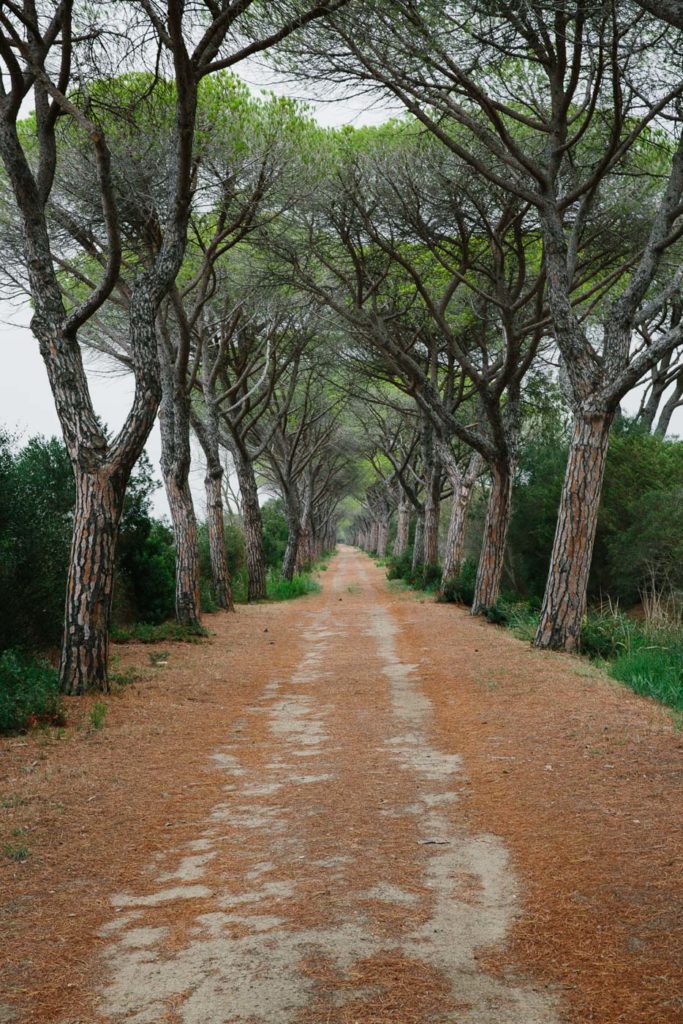
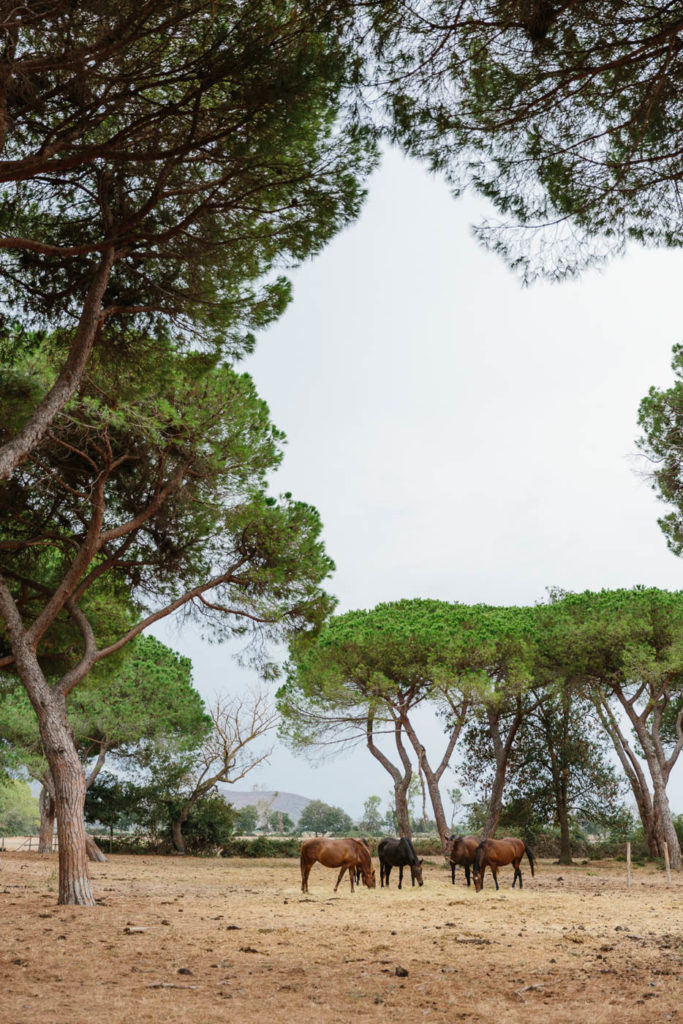
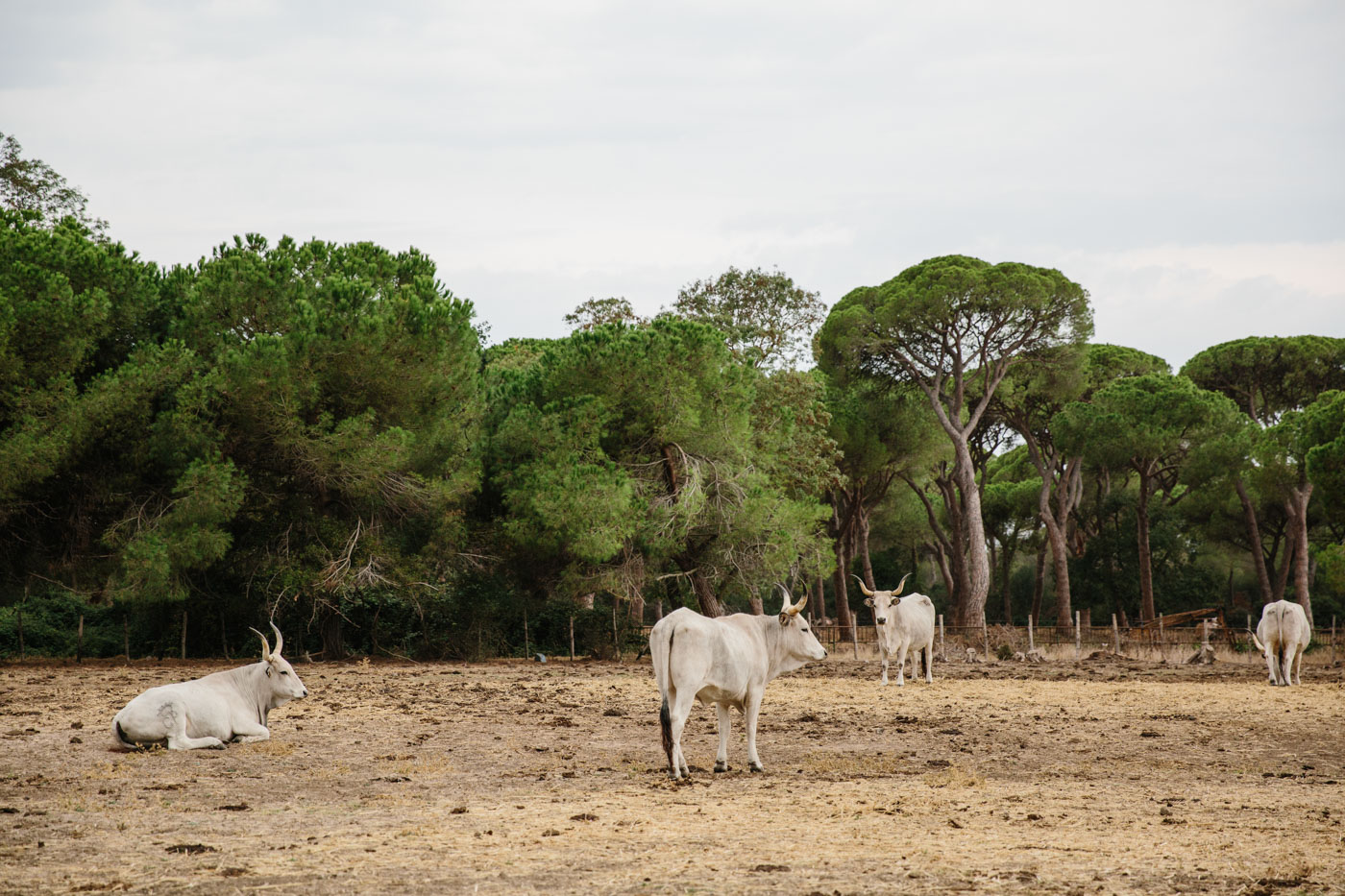
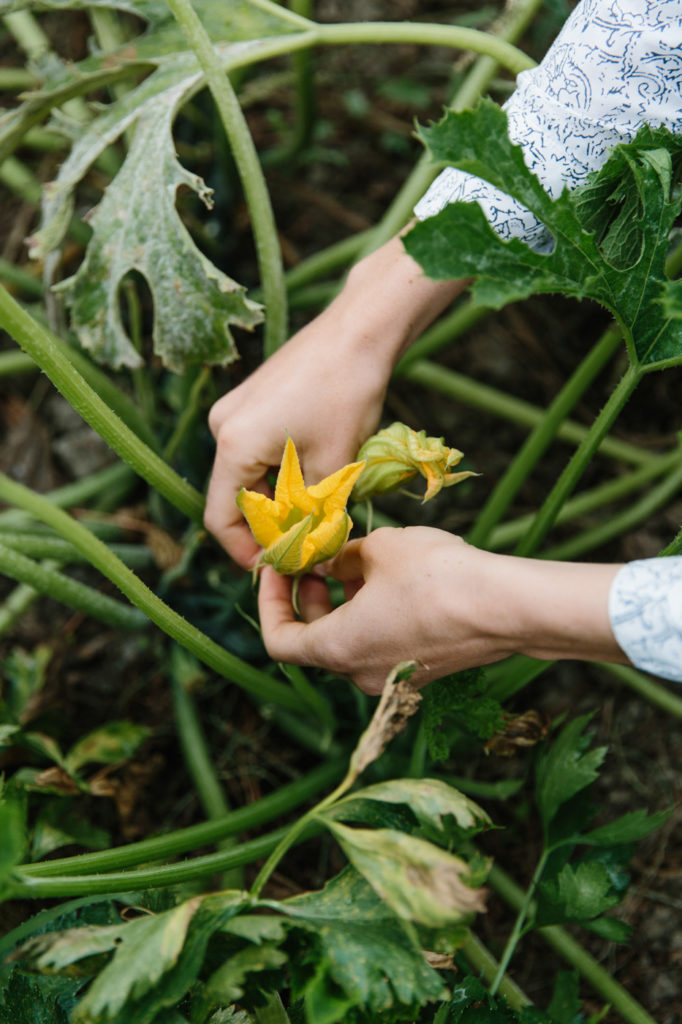
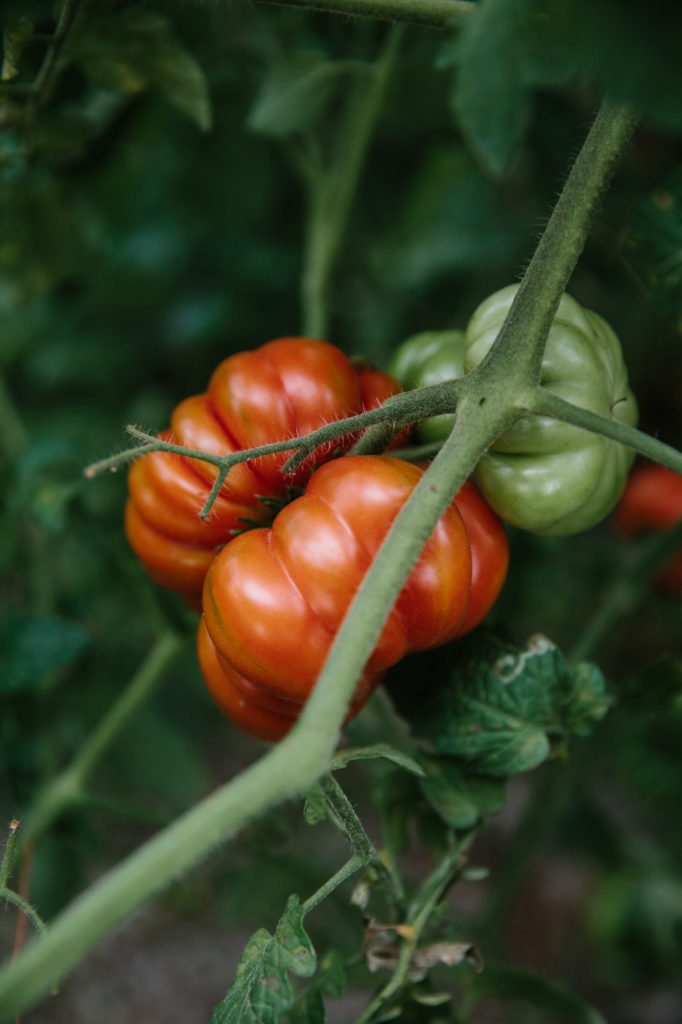
On the thousand-acre property, about half is devoted to agriculture. Rice is grown on about one hundred acres. In September, these acres were filled with four Italian rice varieties: archimedes, carnise, loto and meco. During the upcoming spring planting Ariane will be seeding the paddies with archimedes and carnise again, as well as carnaroli—a popular risotto variety—while also researching viable heritage grains for the next planting season.
For many people, rice is rice—usually white or brown, although recent rice trends have introduced a larger audience to black rice and wild rice (which is not technically rice, but rather the seed of an aquatic grass). Fans of Middle Eastern or Southeast Asian cuisines may also recognize basmati or jasmine rice varieties, but we have not come so far that the average grocery shopper could call the grains by name. The Rice Association, a representative organization for the rice sector in the United Kingdom, claims that more than forty thousand varieties of cultivated rice exist. Amongst the handful of people in the world who could identify even a handful of different grains are rice sommeliers—professionals who devote their lives to refining their palate to distinguish rice varieties in the way that traditional sommeliers discern vintages of wine through particular characteristics of terroir.
It seems we are in the midst of a rice renaissance in Italy, finally awakening an appreciation for the grain as part of the Italian culinary identity on par with wine and other luxury goods, such as parmigiano-reggiano cheese or Modena traditional balsamic vinegar. This renaissance has barely begun, but it has great potential for rice farmers like Ariane.
This past summer, Maurizio Martina, the Minister for Agriculture in Italy, passed a measure requiring all rice and pasta products to carry country of origin labels. The law goes into effect in February of 2018 for a two-year trial period during which time rice and pasta products sold in Italy must indicate where grains were grown, processed and packaged. It is a bold act of recognition for the place of rice next to pasta as a part of national heritage in Italy and, moreover, the Italians’ commitment to preserving their gastronomic traditions by supporting authentic, transparent Italian food producers. The measure has already been met with resistance, particularly from foreign farmers that export wheat and rice to Italy, but Ariane is hopeful that it will remain in place after the trial period. Regardless of the outcome, she will continue to provide information on her product labels about where the rice is grown, processed and packaged, as she has done since she began selling the rice in individually-packaged units.
Since returning to the farm three years ago, Ariane has made great personal and financial investments in the production of rice. She had been working in policy advocacy for sustainable agriculture in Washington, D.C. when she came to the decision that she needed to take over her family’s farm in Italy. After her grandparents and their son (her father) passed away more than two decades years ago, none of the Lotti family had been living on and farming their land at Tenuta San Carlo.
“This land is in my name. It became important to me to come here and take care of it—or sell it to someone else who could,” Ariane explains. “That in-between of owning it, but not being present, was not [cohesive] with my land ethic.”
This “land ethic,” which Ariane describes as “a set of moral guidelines that provide the framework for how you manage your land” is also responsible for Ariane’s decision to convert the farm entirely to organic production.
“There are so many ways to manage land and much of what we see is an exploitation of resources, which goes in direct contrast with a sustainability mindset,” she continues. “Having a land ethic means you’re considering the land as an active, vibrant, living organism that has its own identity and needs to be understood. At the core of my land ethic is the notion of sustainability. It’s a collaborative land ethic; instead of fighting against nature and the soil and the climate, I work with them.”
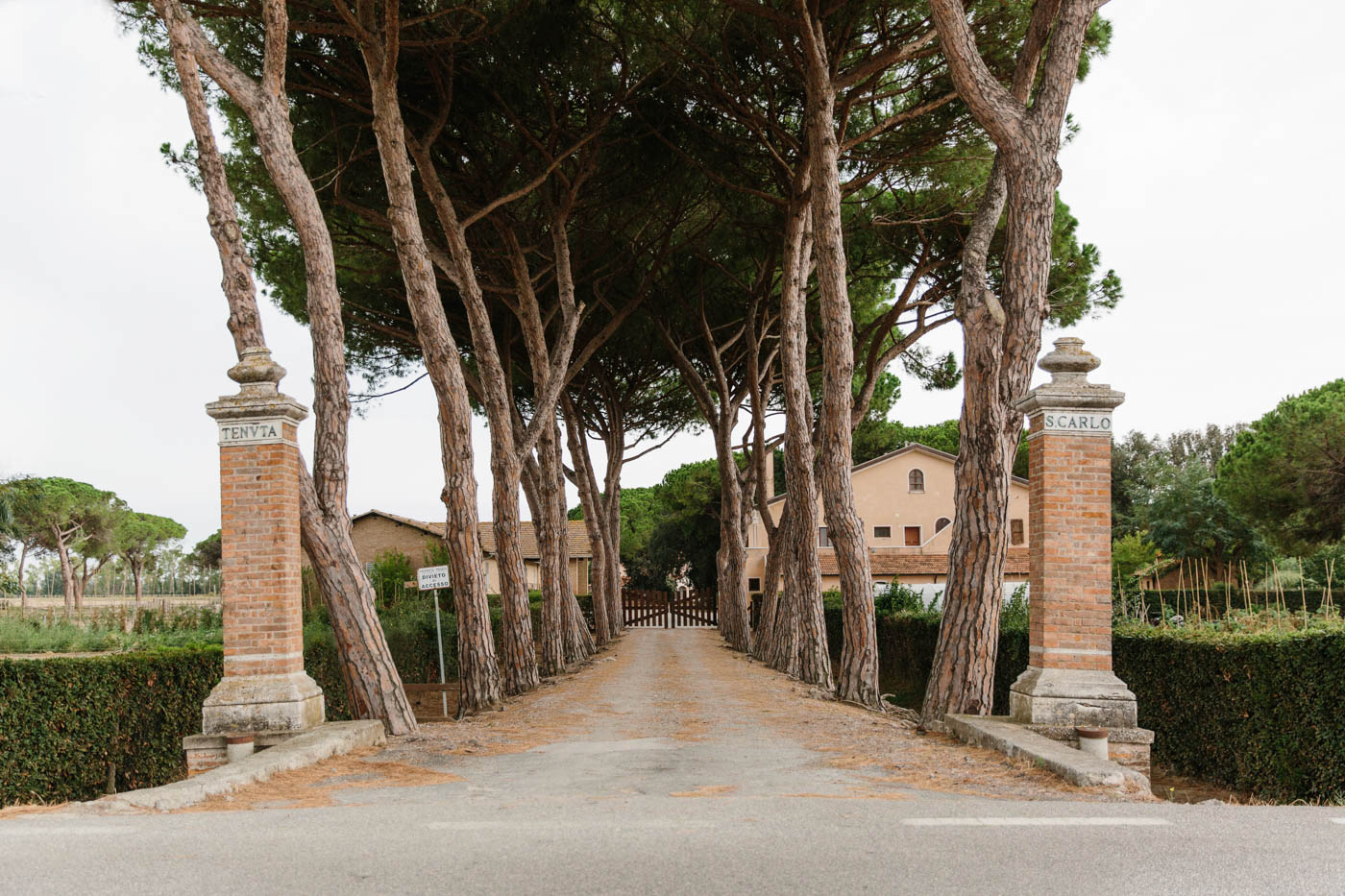
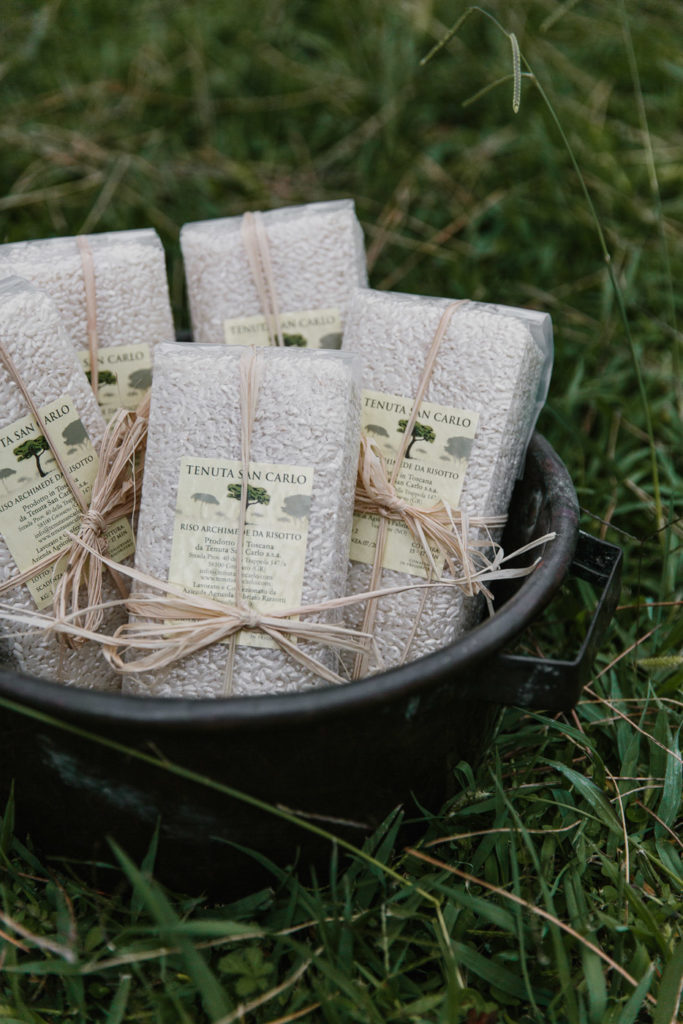
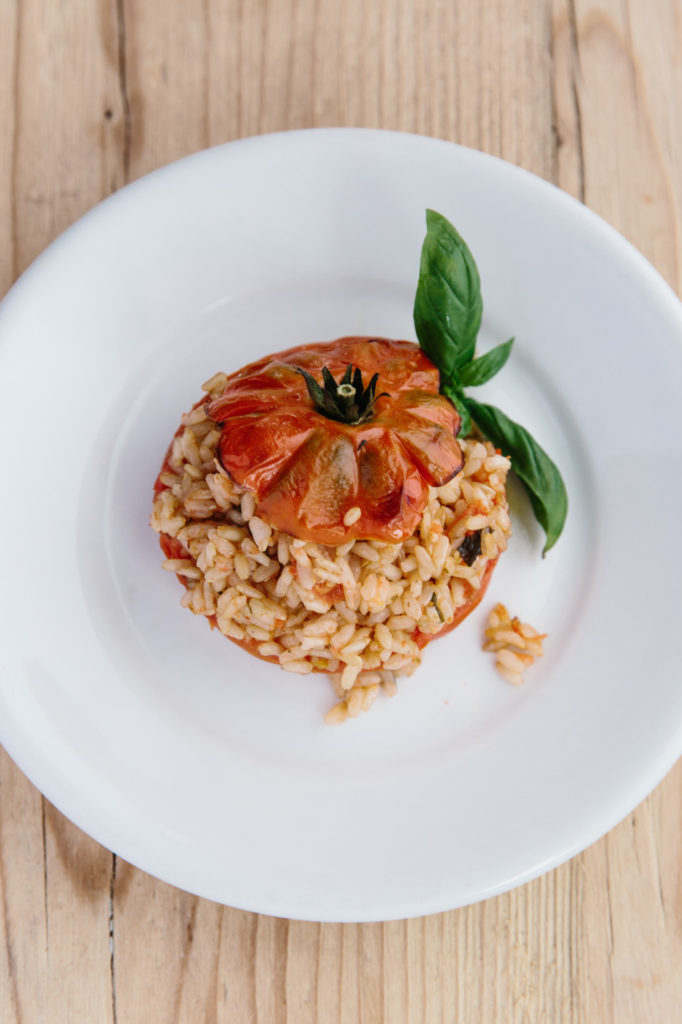
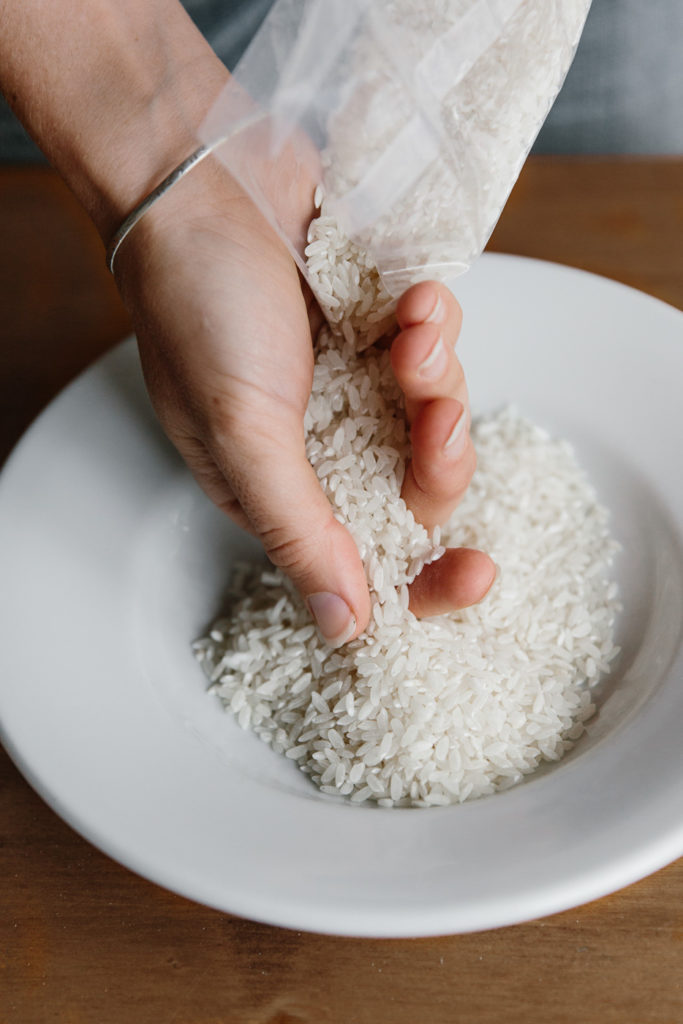
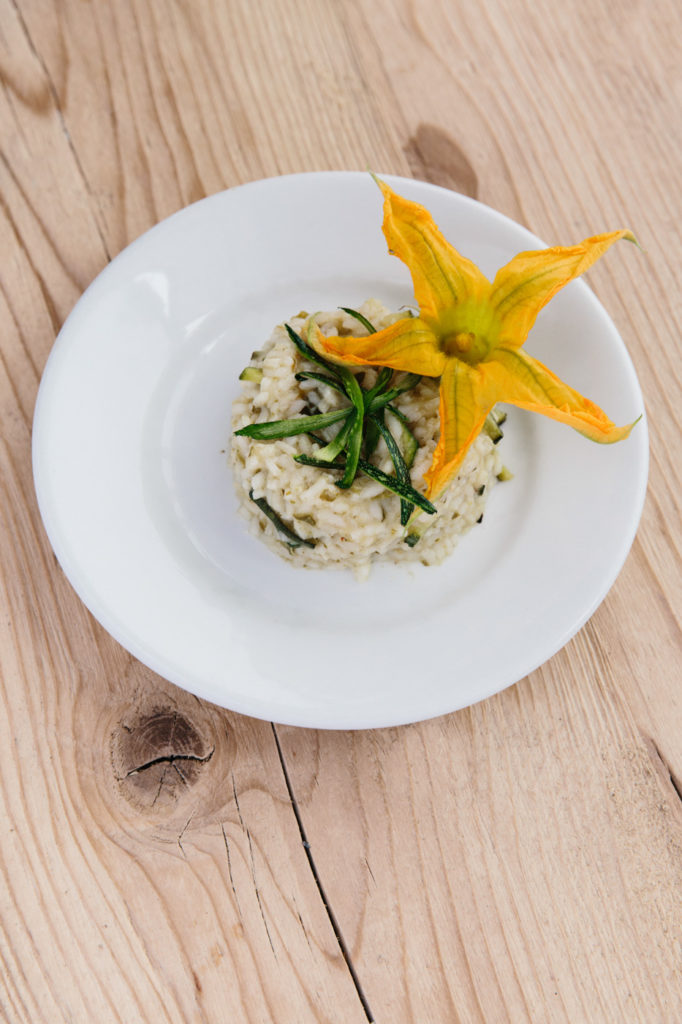
Besides nature, soil and climate, Ariane has also recently learned how to work with Italian bureaucracy and to farm her land according to strict organic regulations set by the European Union. Much like the United States Department of Agriculture standards for organic certification, the E.U. requires organic farmers avoid the use of any toxic chemicals, including fertilizers, pesticides, herbicides or fungicides to manage crops. For livestock, the transition takes six months, but crops must be grown according to organic methods for two full years before obtaining certification.
This period of transition is challenging for any farmer. Besides navigating an entirely new process of production, transitioning organic farmers must also find ways of managing financial losses due to a variety of expenses ranging from certification costs to new equipment. For Ariane, these stressors were compounded by a severe drought in Italy that caused crop failure in her fields and forced her to sell part of her herd of cattle, as well as pushback from her local farming community, many of whom did not support her choice to make the transition to organic production.
Throughout the two-year transition, Ariane persisted against outdated farming traditions and equipment to grow crops she could feel good about harvesting. “It’s not just about producing food,” she emphasizes. “It’s about producing food that is healthier for the consumer, for the land, and for the farmer.”
This mindful manner of farming necessitates extensive planning and a proactive attitude. Organic farmers cannot use the tools that conventional farmers employ to manage their fields. To prevent weed growth, they must begin to prepare a field months before planting; and to protect soil fertility, they must envision their crop rotation cycles years in advance. Even after the harvest, organic farmers struggle with additional challenges in the storage and processing of their product. Last winter, when preparing for this year’s rice harvest, Ariane researched sixty rice-processing facilities before finding a certified organic facility where the quality of her rice would not be compromised and she could be guaranteed her grains would not be mixed with those of other farmers.
In spite of all the hardships associated with growing rice, Ariane’s passion for the plants has not dwindled. “Once you start growing rice, it captivates you. Rice is more delicate and difficult, but it’s a far more interesting crop than other grains because of the flooding of the fields. With water comes life,” she says. “Particularly since the transition to organic, the rice paddies are alive with insects, amphibians, birds. We’re producing rice, but we’re also producing life.”
Standing with Ariane and Marina in the rice paddies, a sense of life is palpable, even in the quiet of a gray morning just before harvest. Under Ariane’s care, these rice plants have survived strangling weeds and stifling weather. Fed by only water, sunlight and soil, along with a little help from cover crops and organic fertilizer, these plants will feed many people.
Before the end of September, the rice will be harvested, as it has been done for decades on this land, but it will be the last rice grown at Tenuta San Carlo without organic certification. The organic label will not prevent pests from eating the new crops, nor will it put an end to the drought—or any of the other problems that keep Ariane awake at night. But it will be a hard-won badge of the effort she has made to steward her land sustainably and to create a trustworthy, healthy grain that will sustain others.





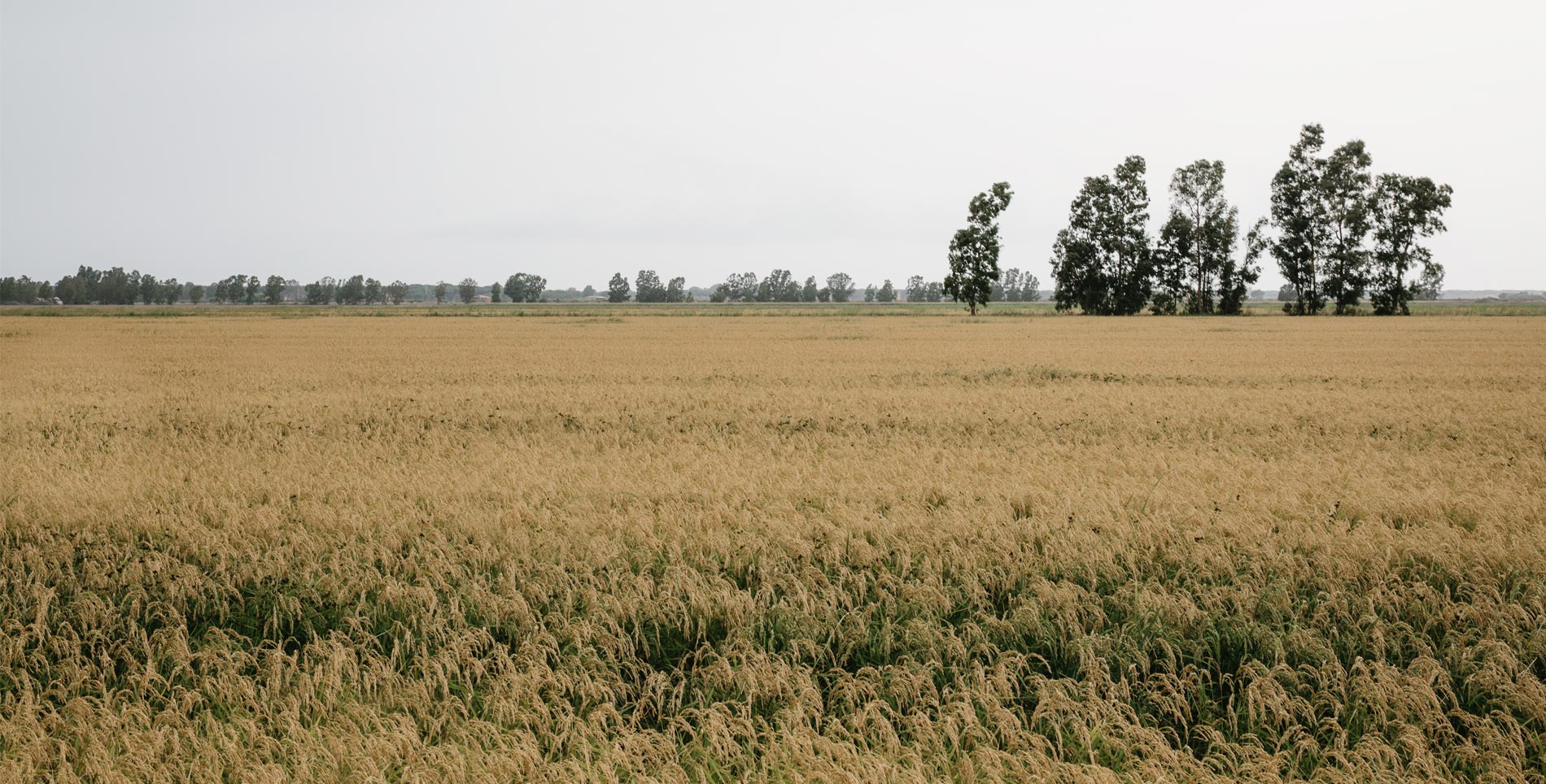

Our comments section is for members only.
Join today to gain exclusive access.